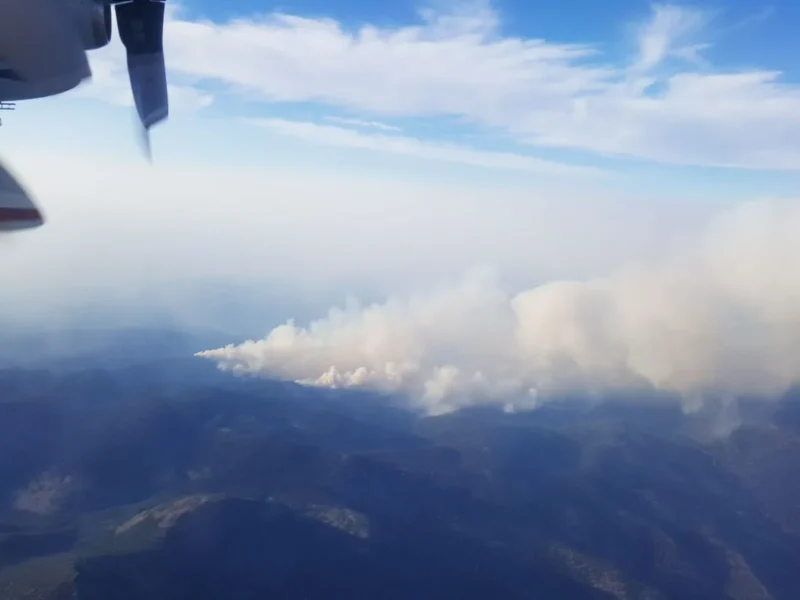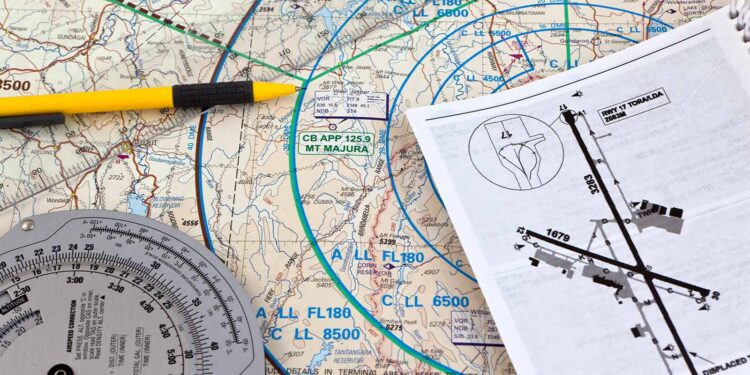(This is all from memory, so apologies if I get anything wrong)
The tour of the Toronto ACC was awesome. Our tour guide was great, he was able to answer all of my questions. He’s a controller as well as a pilot, so he knows both sides of the story.
We started off with a presentation on Toronto’s airspace and why things are done a certain way. He was able to answer a lot of questions about why VFR pilot (which flight following) are vectored this way or that. He explained that if 24 runways at Pearson are active, then they can have IFR traffic as low as 3000′ in the Claremont training area!
He also talked about the radar display itself, there really are 5 different types of “targets”:
1. “Chicken foot” (looks like a ‘Y”). It’s purple and contains no information. It’s a target on their primary radar. This could be some birds, a glider, a 150 with no transponder, etc..
2. A VFR target (someone squawking 1200). It contains limited number of information (Mode-A transponder)
3. A “splat” (looks like a “*”). This is someone with a Mode-C transponder. Shows altitude in addition to squawk code.
4. An IFR target (with Mode-S) shows items like altitude, rate of climb, where they are going (from their flight plan) aircraft type and call sign.
5. A “coast” target. One that has stopped transmitting data or has fallen off the radar. It’s light blue.
The operator can filter his screen based on aircraft type, altitude, destination, etc.. An operator can hand off a target to another operator along with a little message. You can do some pretty cool things like select a target, pick a destination, and a blue line will appear for what track he should be following in order to get there.
I asked about conflict notifications. He said that only happens at the higher altitudes (above 14,000). Otherwise the alarm would be going off all the time at the lower altitudes. I also asked about the emergency squawk codes, what happens when someone uses one. He told me that all of the ATC’s screens flash showing which target is squawking 7[5|6|7]00. Even if you had that transponder code set for 1 second, then switched it back.. the controllers know.
There is no conflict notifications between FIRs. So if a plane in the Edmonton FIR is flying towards the Toronto FIR. The Edmonton controller doesn’t know anything about the traffic in the Toronto FIR. Even though a conflict might exists, he’s not notified.
This is also true for handing off aircraft. The controller in Toronto doesn’t know if/when an aircraft is going to appear in his region. The two controllers might talk to each other on the phone. But that’s it.
I asked about working schedules and such. I was told that the controllers work a 2hour on 1hour off schedule for 8.5 hours a day. They rotate between day and night shift. I think they end up working 18 days out of the month.
NavCanada provides the training for you which can last 18-24 months if you get hired. There are two streams, Area Controllers, and Tower Controllers. There is no cross over. You are either one or the other.
Our tour guide mentioned that he will be giving a seminar/talk at Buttonville sometime. I’ll keep an eye on it and let you guys know if/when he’s talking.


One thought on “My Toronto ACC Tour”
Comments are closed.